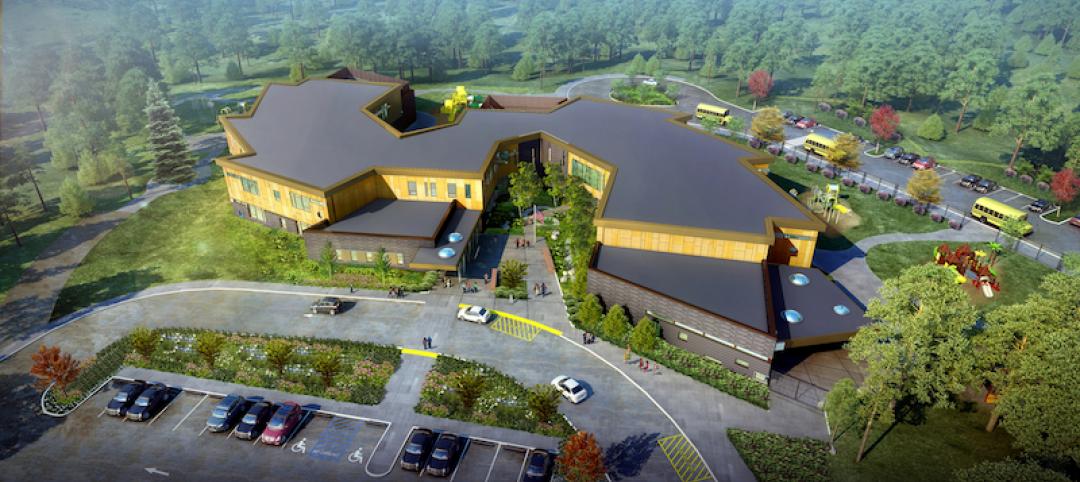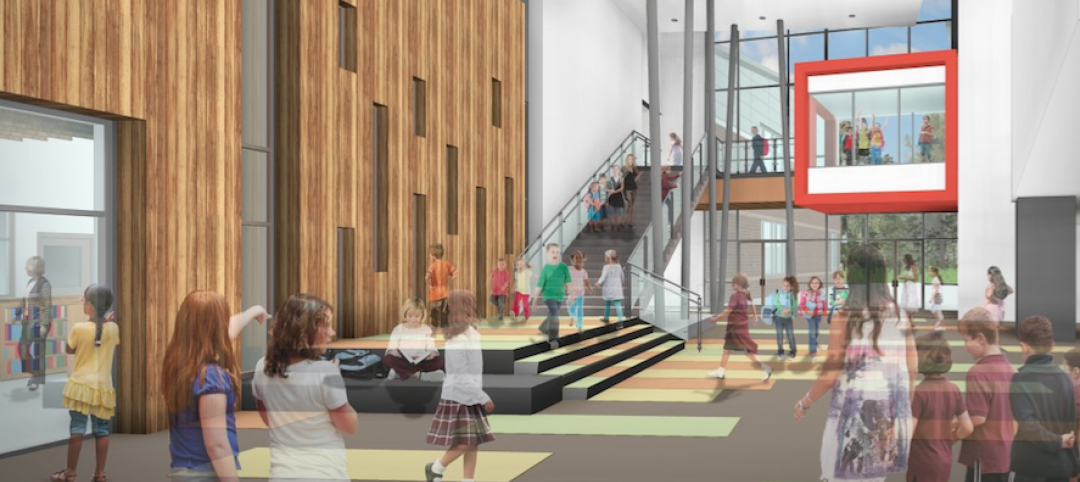Dewberry, a professional services firm, announced the acquisition of Wilson Architectural Group. Headquartered in Houston, Wilson is a nearly 40-person architectural firm with a portfolio of healthcare, corporate and commercial, industrial, sports and recreation, laboratories, and civic buildings in Houston and throughout Texas. During integration, the Houston office will be known as and will do business as Dewberry | Wilson.
Gary Wilson, Founding Partner of Wilson Architectural Group, said, “The partners at Wilson had been seeking a firm that could help us increase our capacity to support our clients, provide more professional growth opportunities for our employees, and support the future longevity of the practice in Houston.”
To bolster the Houston office’s programming, master planning, architectural design, construction management, and interior design services, Dewberry | Wilson’s employees will now be able to reach into the Dewberry organization for MEP, technology design, site/civil, and land development capabilities.
Jim Draheim, President of Dewberry’s architectural division, said, "Our integrated capabilities will better support existing clients in the region. Because of this office’s excellent track record in healthcare design, we also anticipate significant growth of our national healthcare practice.”
Dewberry currently has offices in the region, including Dallas and Denton, Texas, as well as a long-standing healthcare and civic architectural practice in Tulsa, Okla.
Related Stories
Healthcare Facilities | Feb 1, 2018
Early supplier engagement provides exceptional project outcomes
Efficient supply chains enable companies to be more competitive in the marketplace.
Industry Research | Jan 30, 2018
AIA’s Kermit Baker: Five signs of an impending upturn in construction spending
Tax reform implications and rebuilding from natural disasters are among the reasons AIA’s Chief Economist is optimistic for 2018 and 2019.
Market Data | Jan 30, 2018
AIA Consensus Forecast: 4.0% growth for nonresidential construction spending in 2018
The commercial office and retail sectors will lead the way in 2018, with a strong bounce back for education and healthcare.
Architects | Jan 29, 2018
14 marketing resolutions AEC firms should make in 2018
As we close out the first month of the New Year, AEC firms have made (and are still making) plans for where and how to spend their marketing time and budgets in 2018.
Education Facilities | Jan 29, 2018
My day as a kindergartner
The idea of a kindergarten-only school presents both challenges and opportunities in regards to the design.
AEC Tech | Jan 29, 2018
thyssenkrupp tests self-driving robot for ‘last mile’ delivery of elevator parts
“With driverless delivery robots, we could fill a gap and get spare parts from our warehouses to the jobsite faster,” said thyssenkrupp SVP Ivo Siebers.
Architects | Jan 26, 2018
Stephen Ayers, FAIA, honored with the 2018 AIA Thomas Jefferson Award
The award honors significant contributions to public architecture.
Architects | Jan 26, 2018
Recipients for the 2018 Collaborative Achievement Award selected
The recipients will be honored at the AIA Conference on Architecture 2018 in New York City.
K-12 Schools | Jan 25, 2018
Cost estimating for K-12 school projects: An invaluable tool for budget management
Clients want to be able to track costs at every stage of a project, and cost estimates (current and life cycle) are valuable planning and design tools, writes LS3P's Ginny Magrath, AIA.
Architects | Jan 25, 2018
Four keys to designing autistic-friendly spaces
Autism, in part, gave us modern architecture, writes PDR’s Julie Troung.
















